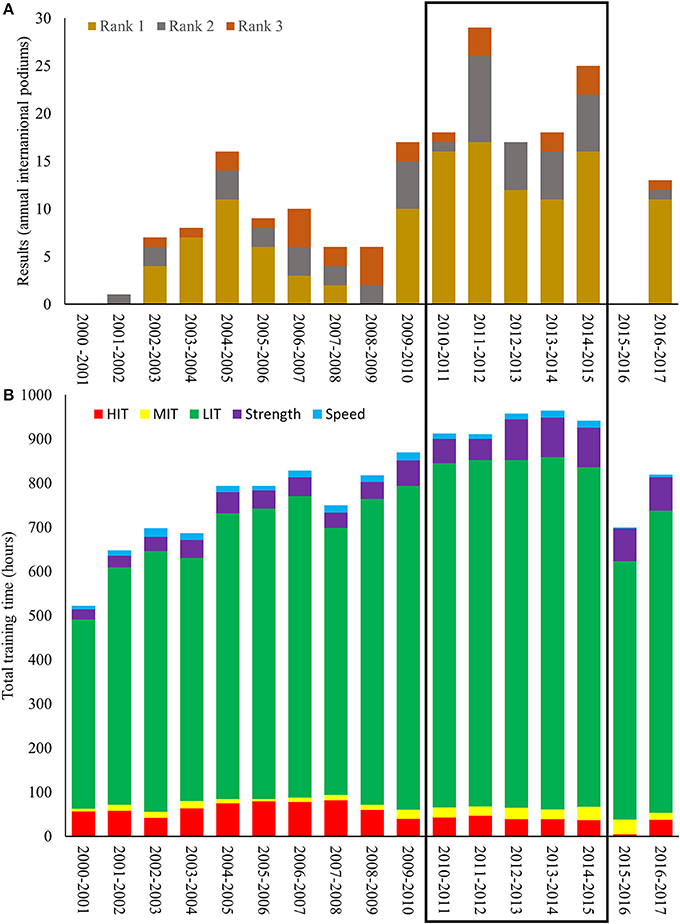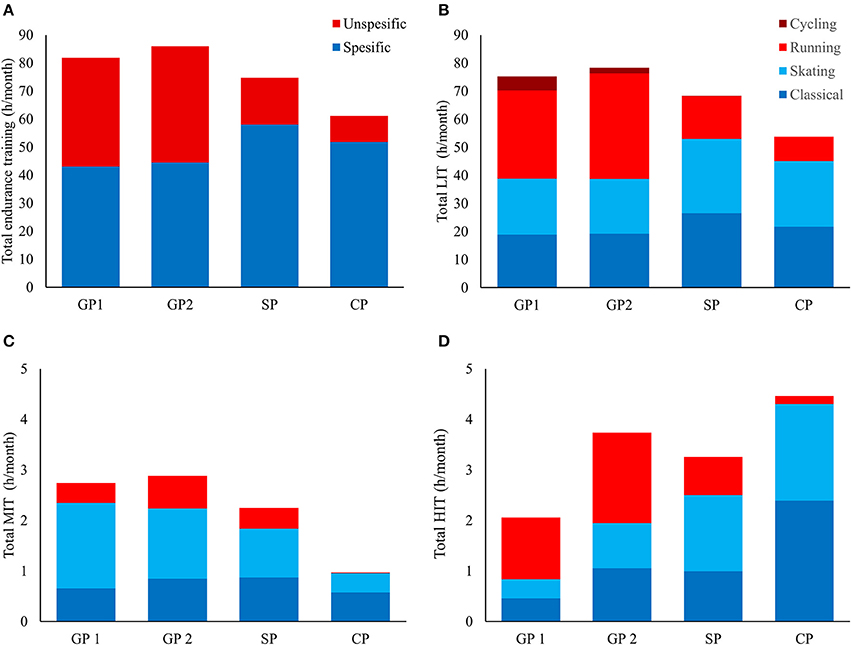@atamank: Dude, you’ve got to change your avatar photo… 🙂
I think it’s an overstatement to say that biking is a no-no here. I prescribe it to my athletes all the time after they’ve done their key sessions. Some of our trail running plans even include swim workouts which won’t do a hell of a lot for uphill sports.
For me it comes down to statistics. Saying “this is what I did and it worked so it’s a good choice” isn’t a valid conclusion. It could only be valid if you measured it against every other possible thing you could have done.
The same issue arises with the “superstar does it so it must be the best choice”. Again, that can only be a valid conclusion if you measure it against every other option the athlete could have done int he same training season. Again, impossible.
Really what’s happening above is confirmation bias: “I want to bike instead, so where’s the evidence I need to support that? There it is!” 🙂 (I’m the same way; I’ve never been a fan of running.)
Obviously the necessary comparisons are impossible. So the next best thing is to look at what the most successful athletes in mature sports do. The reason to use mature sports as an example is that those sports have measured every imaginable approach over millions of training hours. They have enough of a test sample for their conclusions to be closer to the truth.
So for weight-bearing sports, I’d rather pay attention to what the Norwegians are doing with their athletes like Marit Bjoergen. The Norwegian methods are applied across thousands of skiers over their younger years and that pool of training produces some of the best endurance athletes the world has ever seen.
In Bjoergen’s case, here’s her career-long intensity distribution:
Her best results coincided with her highest volumes of low intensity, built up over a decade.

And the real spoiler, her distribution across training modes:
Notice that cycling is a very small part of the low-intensity training volume (“LIT” in the upper right quadrant) and even running is labeled as non-specific. Damn Norwegians.

When I started skimo training, I bought a bike because I liked cycling way more than I liked running. But then the more reading I did, I realized that it wouldn’t prepare me as well as running and roller skiing. (The first is tedious; the second, terrifying.) But I was 40 and racing for the first time. I wanted to be as prepared as possible.
Now my performance isn’t as important, and I’m much more interested in having fun year-round. So my training is less focused, and I’m much more apt to choose cycling over running.
So saying, “you must never bike” is as silly as saying “biking works just as well”. What are your priorities? Performance or participation? Choose and then prepare appropriately.


